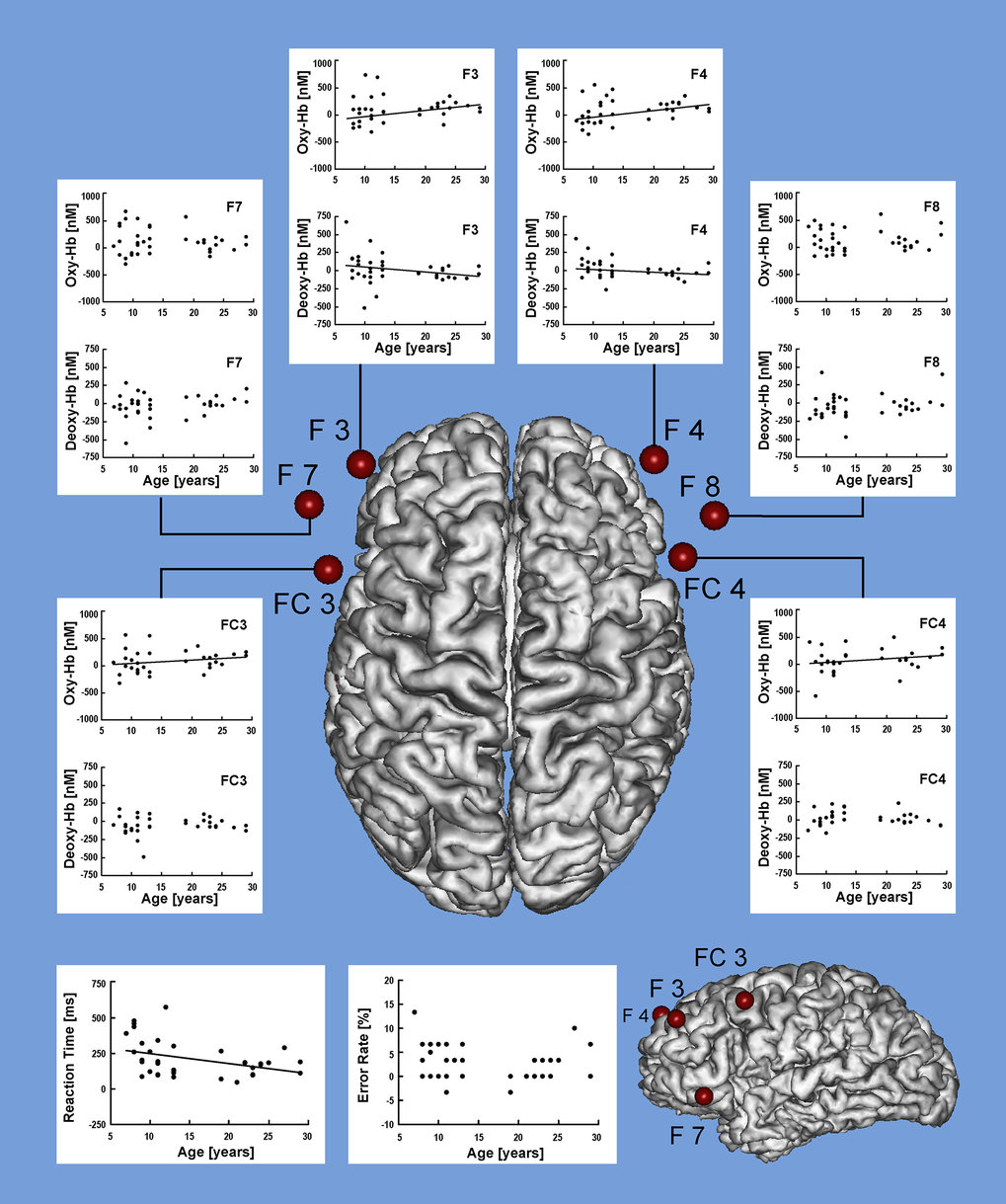

New functional MR techniques and serial volumetric imaging studies to identify subtle brain abnormalities may also provide surrogate markers for pathologic processes that occur in diseases causing dementia and, in conjunction with clinical evaluation, may enable a more rigorous and early diagnosis, approaching the accuracy of neuropathology. Single photon emission computed tomography and positron emission tomography may have added value in the diagnosis of dementia and may become more important in the future, due to the development of radioligands for in vivo detection of AD pathology. Structural neuroimaging in dementia is focused on detection of brain atrophy, especially in the medial temporal lobe, for which coronal high resolution T1-weighted images perpendicular to the long axis of the temporal lobe are extremely important. The MR imaging protocol should include axial T2-weighted images (T2-WI), axial fluid-attenuated inversion recovery (FLAIR) or proton density-weighted images, and axial gradient-echo T2*-weighted images, for the detection of cerebrovascular pathology. Characteristic magnetic resonance (MR) imaging findings can contribute to the identification of different diseases causing dementia. The functional deterioration in patients is. Vascular dementia, dementia with Lewy bodies, and frontotemporal dementia are the most frequent causes after AD, but a large proportion of patients have a combination of degenerative and vascular brain pathology. Pathological aging is an accelerated aging marked by the symptomatic existence of one or more age-related diseases, which may occur secondarily to genetic predisposition, infections, immunodeficiency, malnutrition, hormonal dysregulation, enzymatic malfunction, physical and mental stress, and trauma. Alzheimer disease (AD) is the most common cause of dementia.


The number of elderly people is increasing rapidly and, therefore, an increase in neurodegenerative and cerebrovascular disorders causing dementia is expected.


 0 kommentar(er)
0 kommentar(er)
